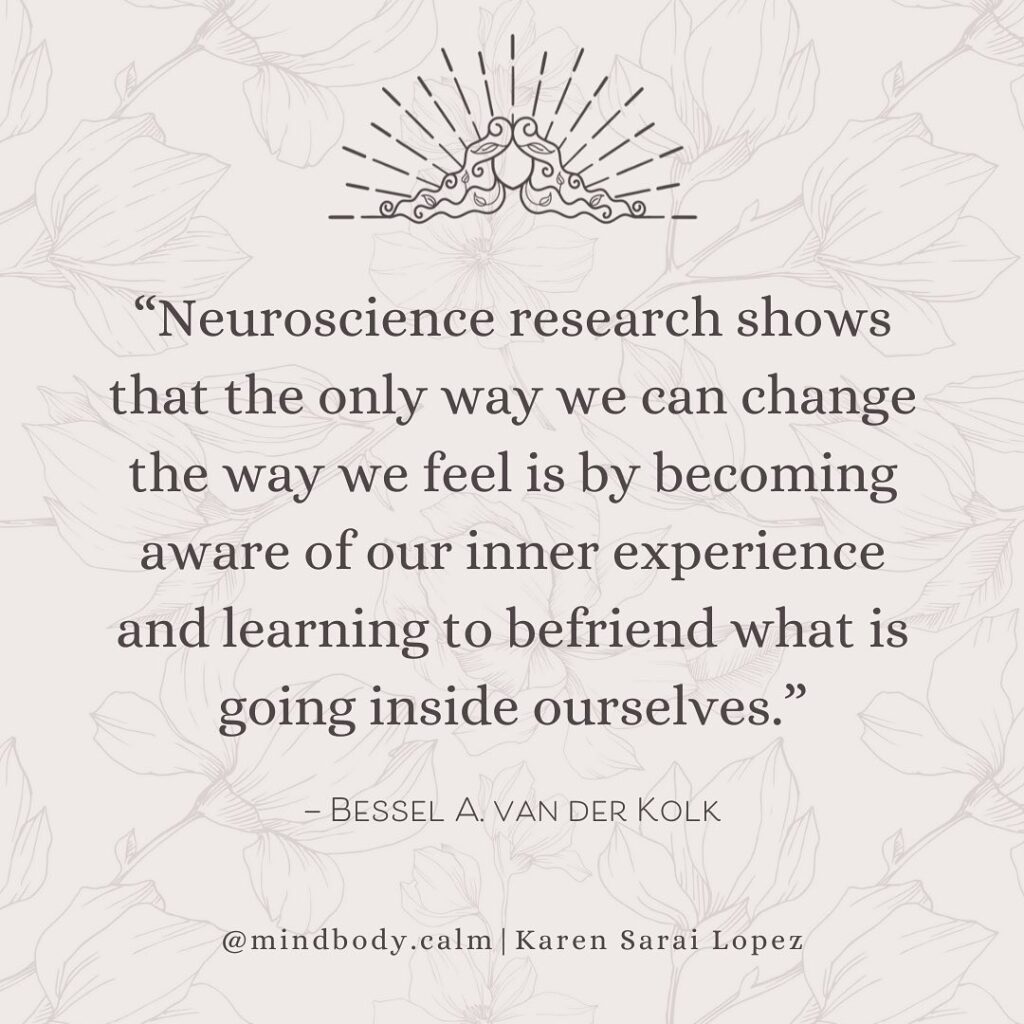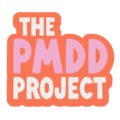Interview with Mind, Body , Calm.
By Kim Cormack (Trustee)
I get to know the magical human that is Karen Sarai Lopez, a Birmingham based Bodywork Practitoner, who specialises in Somatic, massage and trauma informed complementary therapy via her company Mind, Body, Calm. Let’s find out more about this fascinating practice and how it can help PMDD warriors.
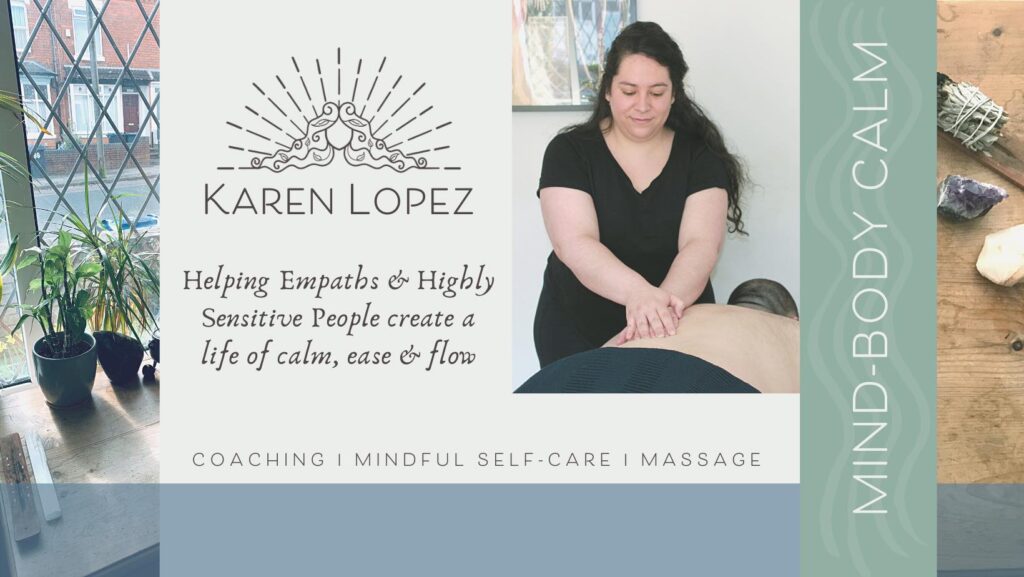
Intro Questions
Tell us about what you do at Mind-Body Calm?
At Mind Body Calm, I specialize in trauma-informed massage therapy and bodywork tailored to sensitive souls who often struggle with stress, anxiety, or feeling disconnected from their bodies. I aim is to create a safe, nurturing space where clients can release tension, calm their nervous systems, and reconnect with themselves on a deeper level.
What made you want to pursue this field of work?
My own journey through stress and anxiety inspired me to explore the profound impact of therapeutic touch and body-based practices. I discovered that connecting with the body can often provide relief in ways that traditional, top-down approaches, like talking therapies, sometimes cannot. That experience sparked a deep desire to help others find the same relief and connection that I found.
“One client with PMDD shared that before starting bodywork, they felt completely disconnected from their body, overwhelmed by both physical symptoms and emotional swings. “
How long have you been doing this?
I’ve been practicing for over 7 years. During that time, I’ve worked with many clients, refining my approach to focus on gentle, holistic care tailored to their unique needs.
What training did you have to do to get here?
I’m a certified massage therapist with additional training in anatomy, physiology, and pathology, trauma-informed care, somatic therapy techniques, and mental health first aid. My training allows me to approach bodywork with a deeper understanding of the mind-body connection.
Who do you tailor your work to?
I work primarily with highly sensitive people—gentle souls who often feel overwhelmed, anxious, or emotionally drained. My work is especially beneficial for people looking to feel more at home in their bodies, including those dealing with PMDD, chronic stress, or anxiety.
Tell us something funny or weird about your job.
A fun fact about my work is that clients often ask if I can read their mind! It never fails to make me smile. Part of what I do involves holding space for each person on the massage table, tuning in to how their body is responding, and adjusting my approach accordingly. It’s a unique kind of connection that feels almost intuitive—but I promise, no mind-reading powers here!
I can testify to this feeling! Karen has helped me on my journey with PMDD, CPTSD and overhwhelm. During each session and for sometime afterwards, I start to believe she has magical healing powers.
“Bodywork can be incredibly supportive for PMDD by helping to regulate the nervous system.”
Tell us more…
Can you explain what bodywork/somatic therapy is, please?
Bodywork and somatic therapy involve working with the body/nervous system to access and release physical and emotional tension. While traditional massage focuses on the muscles and fascia, bodywork takes a holistic approach by incorporating the mind-body connection. It recognizes that our bodies hold onto stress, emotions, and trauma, and helps release those in a safe, supportive way.
How is bodywork different to a normal massage in a spa? Or Reiki?
Technically, massage is a type of bodywork, but for me, the difference lies in the intention. Massage and bodywork can go beyond “pampering and relaxation.” The work that I do is about creating a space for your body to process, release, and reconnect—whether that involves emotional tension, stress patterns, or physical discomfort. It’s a more mindful, collaborative approach that focuses on what your body is communicating and supports it in finding a sense of ease. The approach is slower and more intentional, incorporating gentle touch, pauses, and somatic awareness techniques to help your body let go at its own pace. The goal is to reintroduce a sense of safety to your nervous system, never forcing anything but always listening and working with your body. While a spa-like massage might provide one-off relaxation, this work is intended to be a continuous journey, supporting lasting change and deeper connection over time.
Reiki, on the other hand, is an energy-based practice. While bodywork naturally involves an energetic exchange, it’s not the primary focus. Instead, bodywork is a mindful blend of therapeutic touch and somatic techniques, grounded in a more tactile and body-centered approach. It’s about supporting your body in finding its own sense of balance and calm.
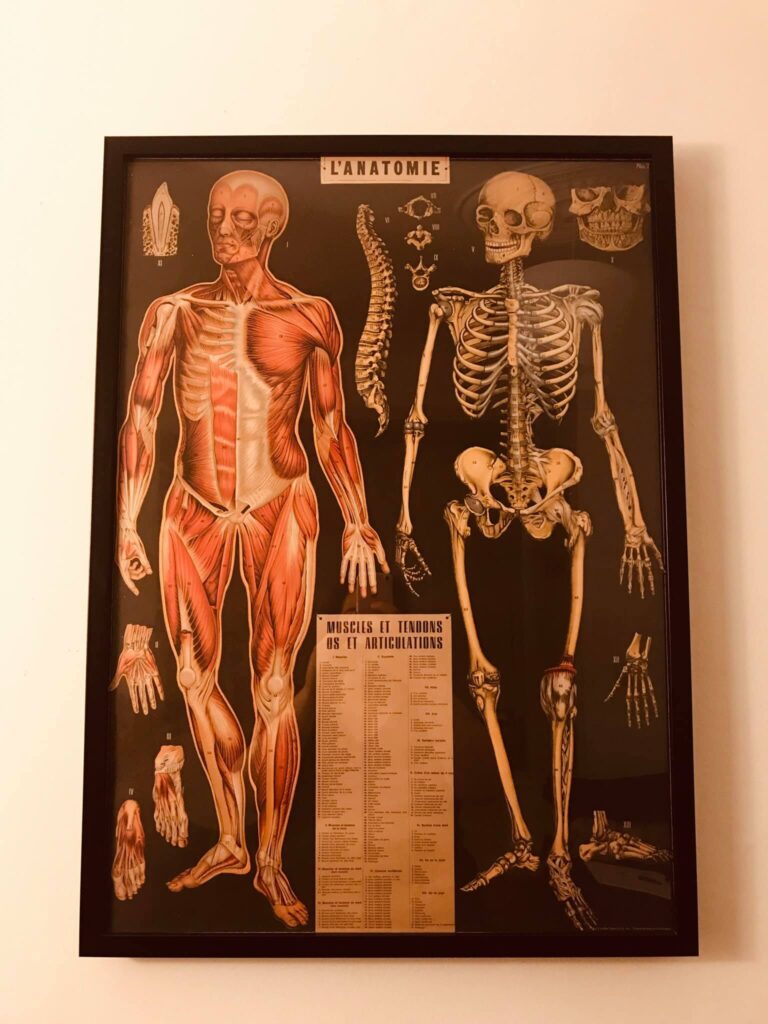
How does Bodywork work?
Bodywork engages the nervous system in a way that gently shifts it out of “fight or flight” mode (the stress response) and into “rest and digest” mode (the relaxation response). Through intentional touch, guided body awareness, and a safe, nurturing space, bodywork helps your body recognize that it’s safe to relax.
This can lead to less tension, more emotional ease, and then body begins its natural healing processes. It’s not an instant fix—depending on how long the nervous system has been dysregulated, it can take time for a true sense of safety and relaxation to take hold. But the process is deeply supportive and builds a foundation for lasting change.
What can someone expect during their first session with you?
The first session is all about creating a safe and supportive space. We start with a discussion about what you’re experiencing and what you hope to get out of the session. I explain the process and check in regularly to make sure you’re comfortable. It’s not about pushing your body to relax—it’s about gently encouraging it to feel safe enough to let go.
What role does consent play in your work?
Consent is foundational to everything I do—it’s the cornerstone of creating a truly safe space. Without safety, relaxation just isn’t possible. Consent ensures choice, and with choice comes the opportunity to build a genuine connection. Before a session, I have an online consultation with clients where we have an open discussion about their comfort levels, boundaries, and preferences. It gives us both an opportunity to get to know each other before their in-person appointment and feel more at ease during the bodywork session.
During their session, I check in regularly to ensure they feel fully in control of their experience. This sense of safety and autonomy is not just important—it’s essential for effective bodywork and for clients to really benefit from the process.
In what ways can Bodywork help someone with PMDD?
Bodywork can be incredibly supportive for PMDD by helping to regulate the nervous system, which often becomes heightened during the luteal phase. By releasing tension and calming the body, it can alleviate physical symptoms like cramps and muscle pain, but it also provides space to acknowledge emotions such as anxiety, irritability, and overwhelm. It provides a way to feel more grounded and connected during what can often feel like a turbulent time.
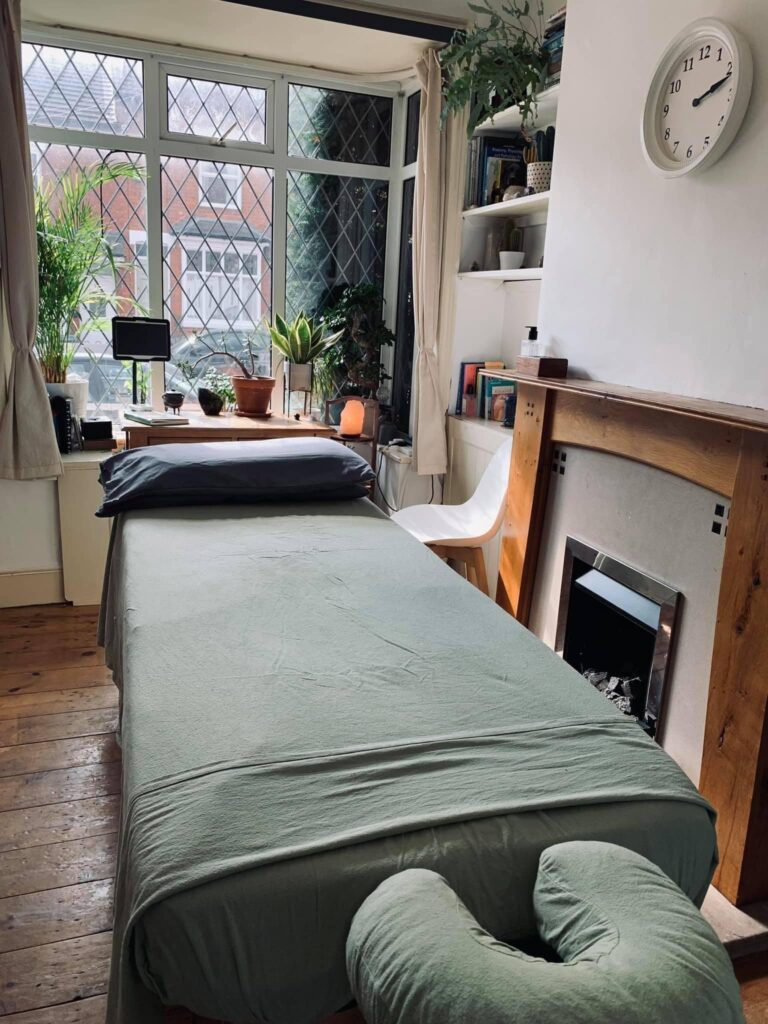
Can you share a client success story that illustrates the impact of your work?
One client with PMDD shared that before starting bodywork, they felt completely disconnected from their body, overwhelmed by both physical symptoms and emotional swings.
Over a series of sessions, they began to notice subtle but meaningful changes—feeling calmer, sleeping better, and being able to recognize and respond to their body’s needs without guilt. This shift didn’t happen overnight but seeing them regain a sense of agency over their well-being was incredibly inspiring.
Is there any proof that it works?
Yes, there’s growing evidence that somatic therapies, including bodywork, can help regulate the nervous system and reduce symptoms of stress and anxiety. While specific research on Premenstrual Dysphoric Disorder (PMDD) and bodywork is still developing, these studies suggest that somatic therapies can positively influence stress-related conditions by regulating the nervous system and decreasing stress hormones.
Why isn’t Bodywork available on the NHS?
While the benefits of bodywork are increasingly recognized, it’s still considered a complementary therapy, which means it often isn’t included in standard medical care. However, as more evidence emerges, I hope we’ll see a shift in how therapies like bodywork are integrated into mainstream healthcare.
How can people with PMDD, who aren’t based in Birmingham, find a certified Bodywork practitioner?
I recommend looking for practitioners who are trained in trauma-informed care or somatic therapy. Websites like the Therapy Directory, Massage Training Institute, or the Complementary & Natural Healthcare Council can be great resources. Always check for certifications and reviews to ensure the practitioner aligns with your needs as well.
Three bits of advice for women in their luteal cycle.
Listen to your body: Menstruating individuals often ignore their body’s signals and push through their limits, especially during the luteal and menstruation phases. Take time to notice when your body is asking for rest or a slower pace, and honor those needs without guilt or judgment. Your body thrives when it’s supported, not forced.
Prioritize calming practices: Gentle movement such as yoga, breathwork, or a body scan meditation can be incredibly supportive. These practices not only help regulate your nervous system but also create opportunities to reconnect with your body and slow your mind’s momentum by shifting your focus inward.
Seek support: Don’t hesitate to seek support—whether it’s from a professional, a supportive community, or loved ones. You are not being “too much,” overdramatic, or a burden. Your feelings and experiences are valid, and sharing them can be an important step toward finding relief and connection.
Mind, Body, Calm
